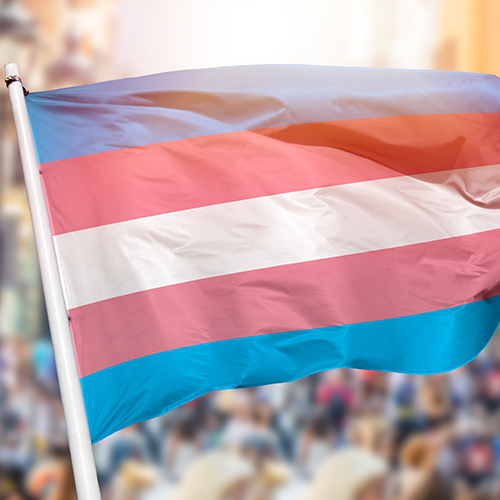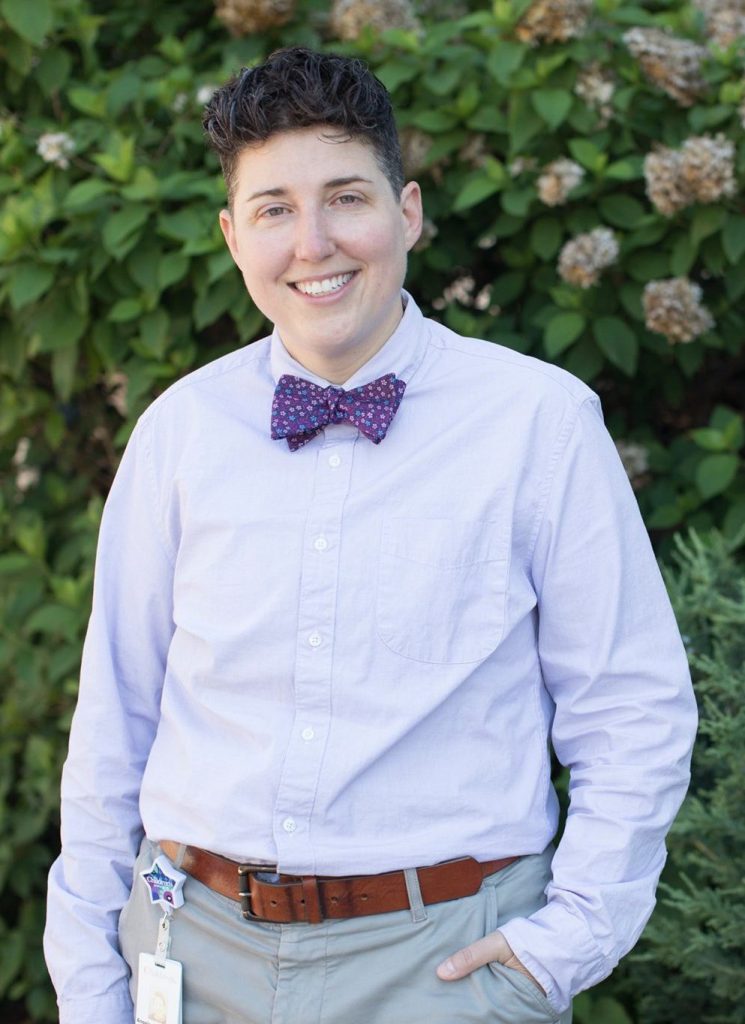
March 31 marks International Transgender Day of Visibility, a day started in 2009 to celebrate the transgender community. In particular, the transgender and gender diverse people who have the courage, safety and agency to express their identities openly and visibly in their public and private lives.
Transgender people have always existed
As we know, transgender people have always existed. Throughout history, there are well documented accounts of transgender, third gender, gender expansive and two-spirit people in all cultures that transcend time and place. In fact, in many cases, those members of our community who have identities outside of the binary have often been revered and held positions of high praise or spiritual reverence. Despite this, the “modern” history of transgender folks in the United States over the last century has largely been marked with persecution and invisibility. From laws in the early part of the century banning “cross dressing” and jailing transgender folks for wearing clothing that “belongs” to the opposite sex in public, to the institutionalization of transgender people in mental health asylums, our “transcestors,” or trans ancestors, in the U. S. have had to endure excruciating conditions if they chose to live their lives visibly as their true selves.

We started to see a shift in the 1960s, and with many ups and downs, and steps forward paired with steps back, this led to the push for the broader transgender visibility and understanding of transgender identities that we have seen over the last 20 years. Transgender people now exist at the highest levels of government, have been awarded the highest awards in entertainment, and serve our communities as doctors, lawyers, legislators, teachers and many other professions. And while this push toward visibility and inclusion has largely been a positive one, there has also been a cost.
Anti-trans bills and bans start to emerge
Just as the first transgender woman (Laverne Cox) graced the cover of Time magazine, the first, of what would be hundreds, of anti-transgender bills and bans started to emerge across the country. First targeting public facilities and restrooms, transgender “bathroom bills” sought to prohibit transgender people from using the public bathrooms that aligned with their gender identity. It was here that despite the data showing that transgender people themselves, including transgender youth, are often harassed and physically assaulted in public bathrooms, the false narrative began to emerge of transgender people as dangerous, deceivers and deviants. While the bathroom bills largely failed, the new era of transgender visibility and achievement that continued to blossom also came with it new attempts to limit the ability of transgender people to thrive – in sports, in health and in all areas of public life.
And here we now are in 2023, and as I write this, over 420 anti-LGBTQ bills have been introduced this legislative session so far, with a record number of them targeting transgender people and particularly transgender youth.
- A federal ban on allowing any transgender girls to participate in girls’ sports has been proposed.
- Close to 50% of transgender and gender diverse young people in this country, up to 150,000 have lost or are poised to lose access to the gender affirming health care and health care specialists that they deserve.
- Many states are prohibiting kids from accessing bathrooms in schools and some are even trying to make it a crime for a parent to lovingly support their transgender child.
The rewards of visibility will be great
The price of visibility has been high. And yet, I believe that the rewards, in the end will be great. What we need now as an LGBTQ+ community, is to stand with our transgender family members, especially the youngest among us, and let them know that they are celebrated, valuable and deserve to live full and healthy lives. We need our allies, who are not a part of the LGBTQ+ community, to come out of their silent encouragement and raise your voices to join our chorus proclaiming that gender diversity has always been among us, and that transgender youth and adults deserve to be welcomed, celebrated and visible now and into the future.
Transgender people belong. Transgender youth deserve to thrive. And the price for visibility should not be vulnerability to increasing levels of hate and discrimination. Together we can change the tide and create a better future where we all have the freedom to be our best and most authentic selves.

Dr. Kade Goepferd, (they/them)
Chief education officer and medical director of the Gender Health program
Dr. Kade Goepferd, (they/them), is the chief education officer, pediatrician and medical director of the Gender Health program at Children’s Minnesota. Dr. Goepferd is an advocate for advancing equitable health care for all children – including trans and gender-diverse youth. They have been named a Top Doctor by both Minneapolis/St. Paul Magazine and Minnesota Monthly for the last several years and gave their first TED talk, “The Revolutionary Truth about Kids and Gender Identity” at TEDx Minneapolis in 2020.
Follow me on Twitter, LinkedIn and Instagram.